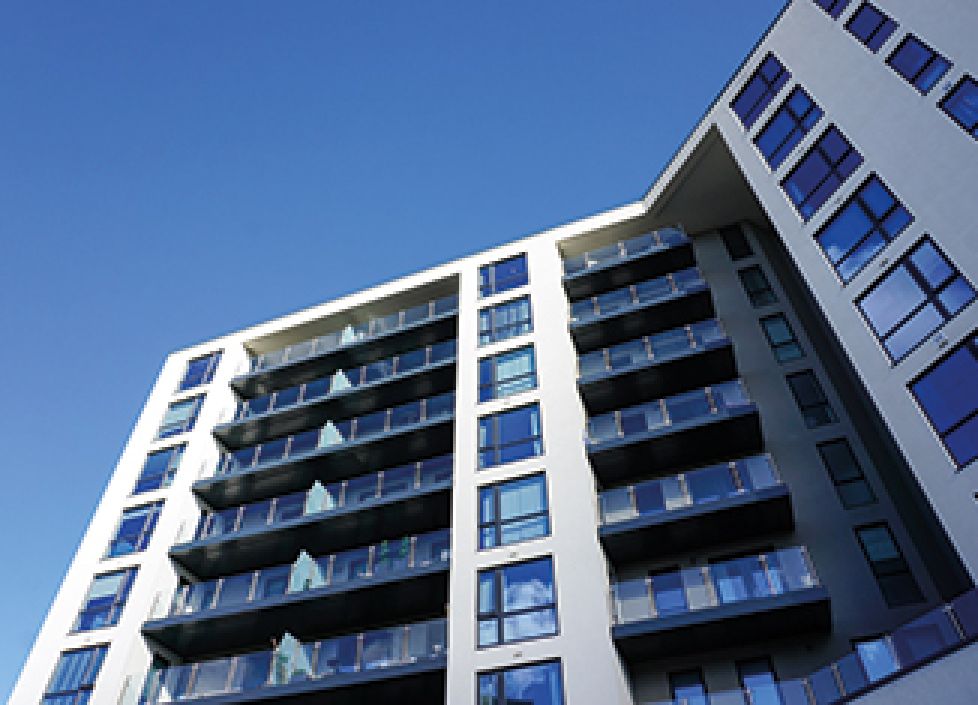One of the problems with committing predictions to print is that it’s a high-risk strategy. Events will naturally overtake you, and one could easily end up with egg on one’s face if you call things incorrectly. It’s far safer to avoid making any predictions at all. But where would be the fun in that? So, in this article, I’m going to be living dangerously and taking a wild punt or two.
Now, housing may not be the sexiest or most emotive policy on the political agenda, but it quite rightly usually features towards the top of every party’s priority list at any given point in time. That’s because we have a chronic housing shortage in this country of an estimated 1.5m homes, and despite the previous government suggesting that we should be aiming to build 300k new homes each year, we’ve never been able to get close to that number. The big question is, what will the new government change to tackle the housing crisis? And if you’re a developer, what is this likely to mean for you?
Let’s start by looking at what the two leading parties promised in their manifestos. Labour said that they plan to build 1.5m new homes during their first term, while the Tories opted for 1.6m over the same time frame. Labour have discussed several approaches that they feel will unlock these new homes. Firstly, they introduced the concept of the ‘grey belt’. Now, I’m colour-blind, but even I was able to work out that this is simply green belt land that lies next to brownfield areas. Labour believes there is a swathe of car parks, petrol stations and other previously developed land conveniently sitting on the periphery of our towns and cities that are ripe for redevelopment. There seems to be some doubt as to how many of these grey belt car parks etc. exist, and several commentators have stated that they’ve struggled to locate them on the map. That said, the principle is not unreasonable; if we’re going to encroach on the green belt, it probably makes sense to build where it immediately abuts existing built-up areas.
Labour has also suggested that creating new towns will be crucial to reaching their target. New towns became popular in the 1950s and 60s, with Milton Keynes being the largest and arguably most successful example. Unfortunately, our most recent new town, Northstowe in Cambridgeshire, remains only partially complete, despite construction starting over six years ago. Even if it were to be finished, it would only generate 10k new homes, a relative drop in the ocean. One of the other commitments that Labour made was to deliver more affordable housing, and they indicated that a substantial proportion of their new-town homes would be affordable ones. The challenge here is a commercial one. Developers are currently required to deliver affordable homes at cost. If the proportion of affordable homes they are required to deliver on a site is high, then this either makes projects uneconomic or means that the other homes they build on that site will need to generate more profit and will therefore be more expensive.




















